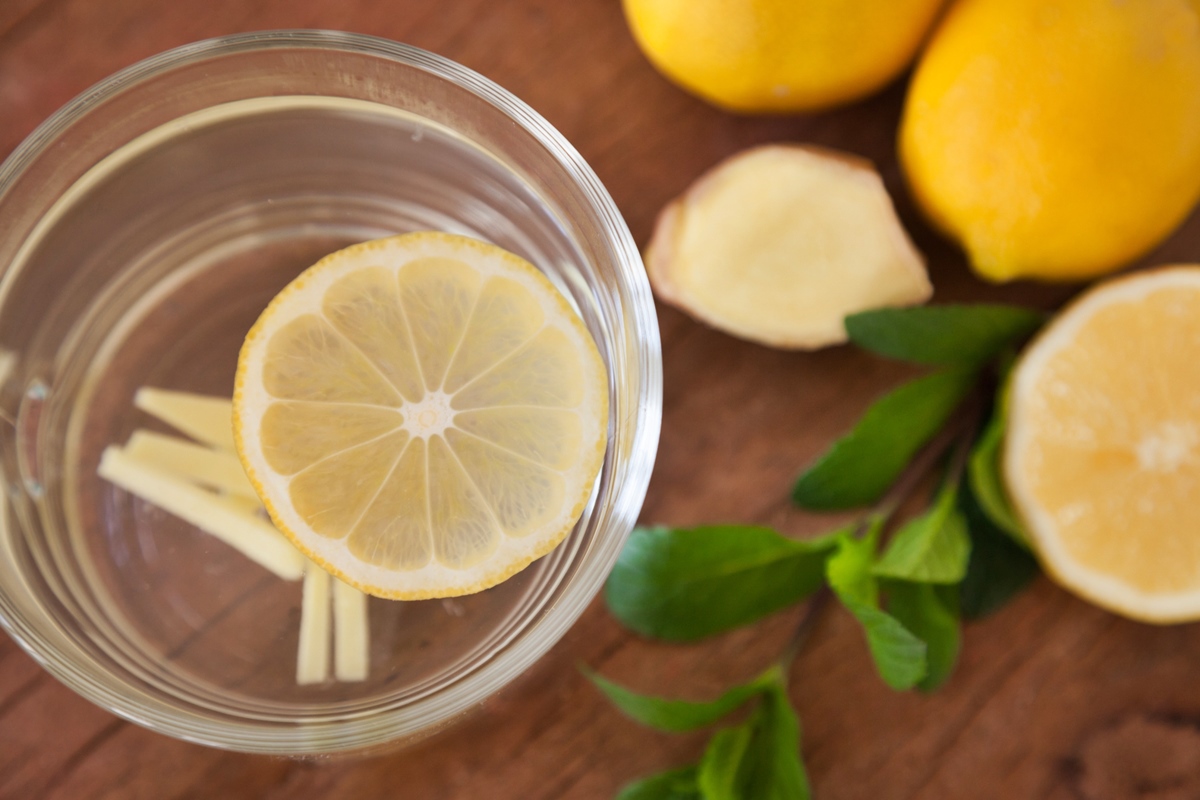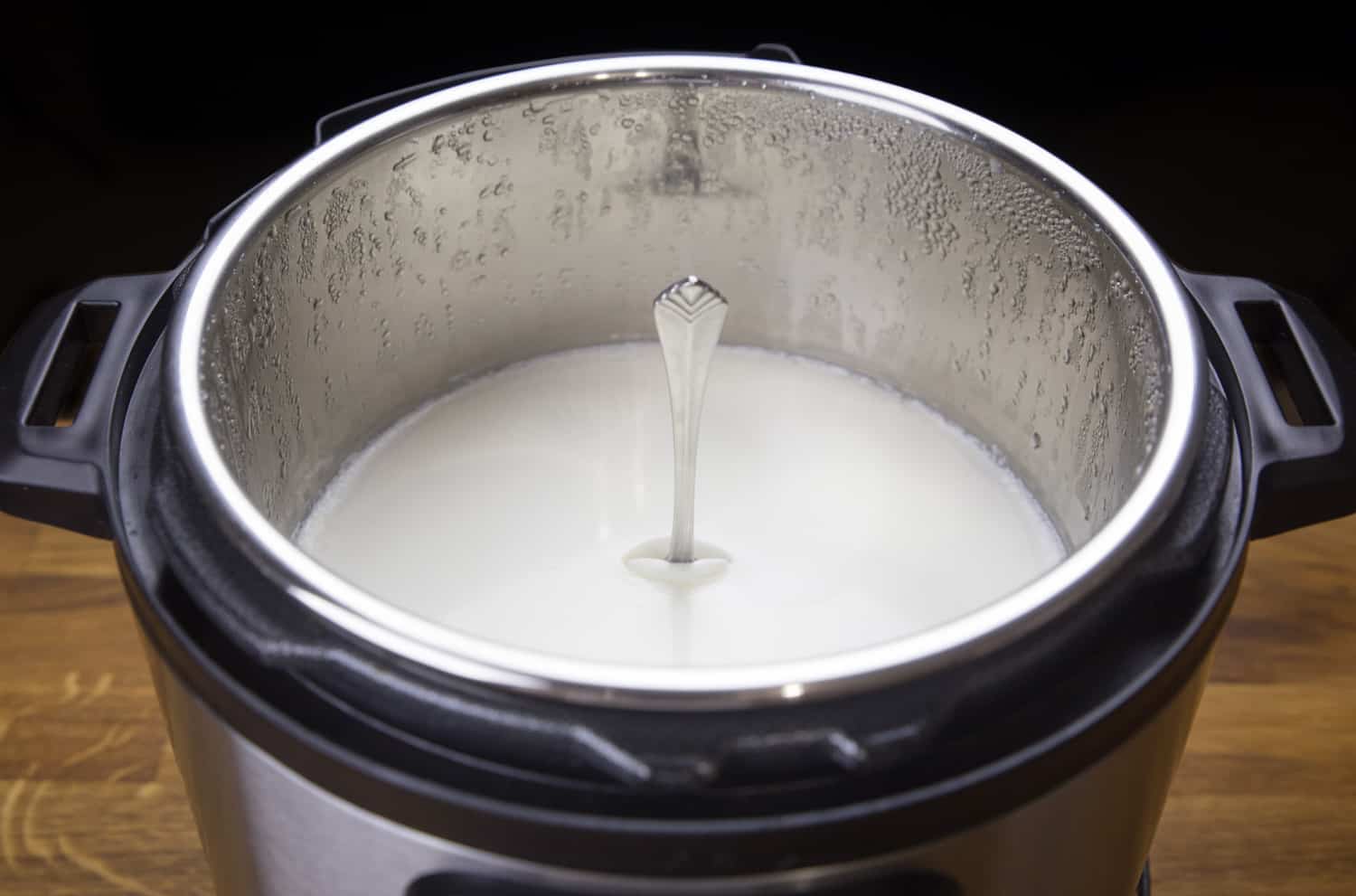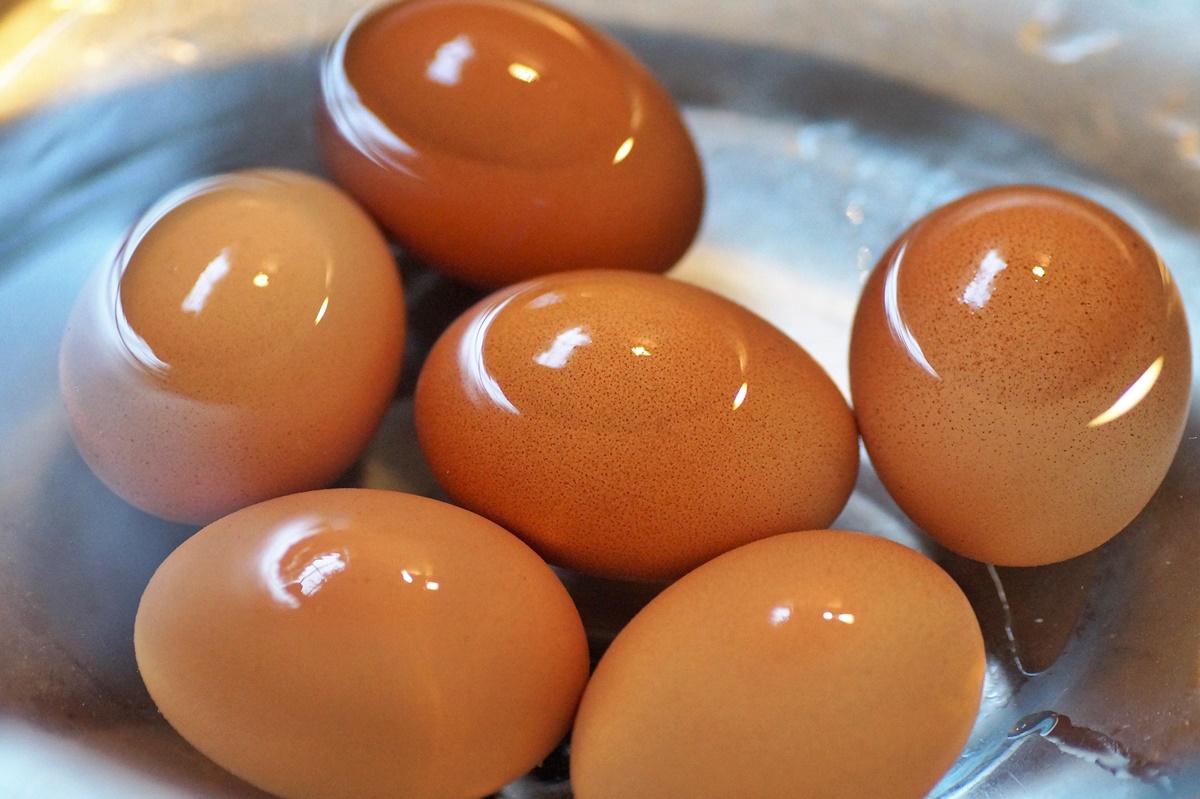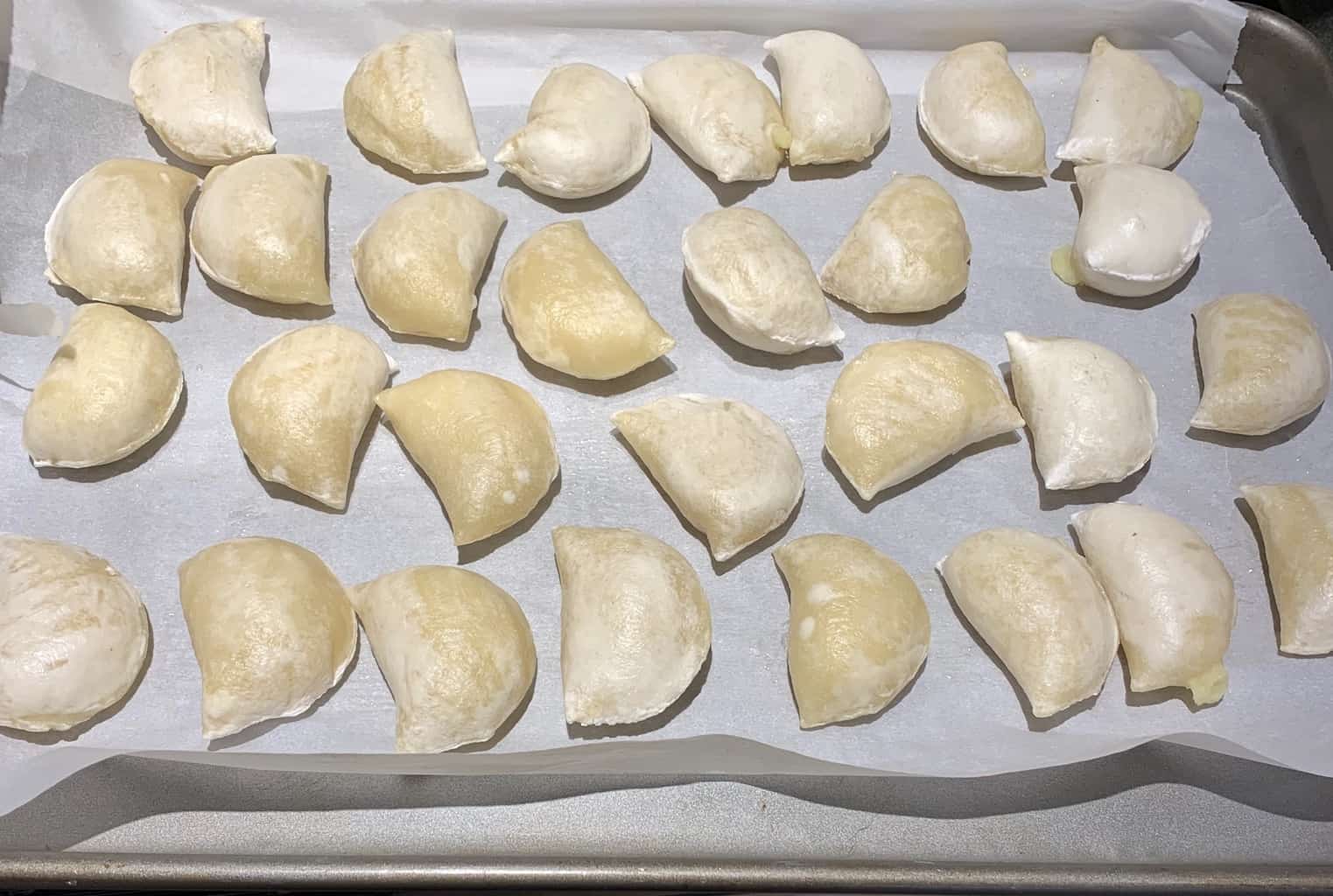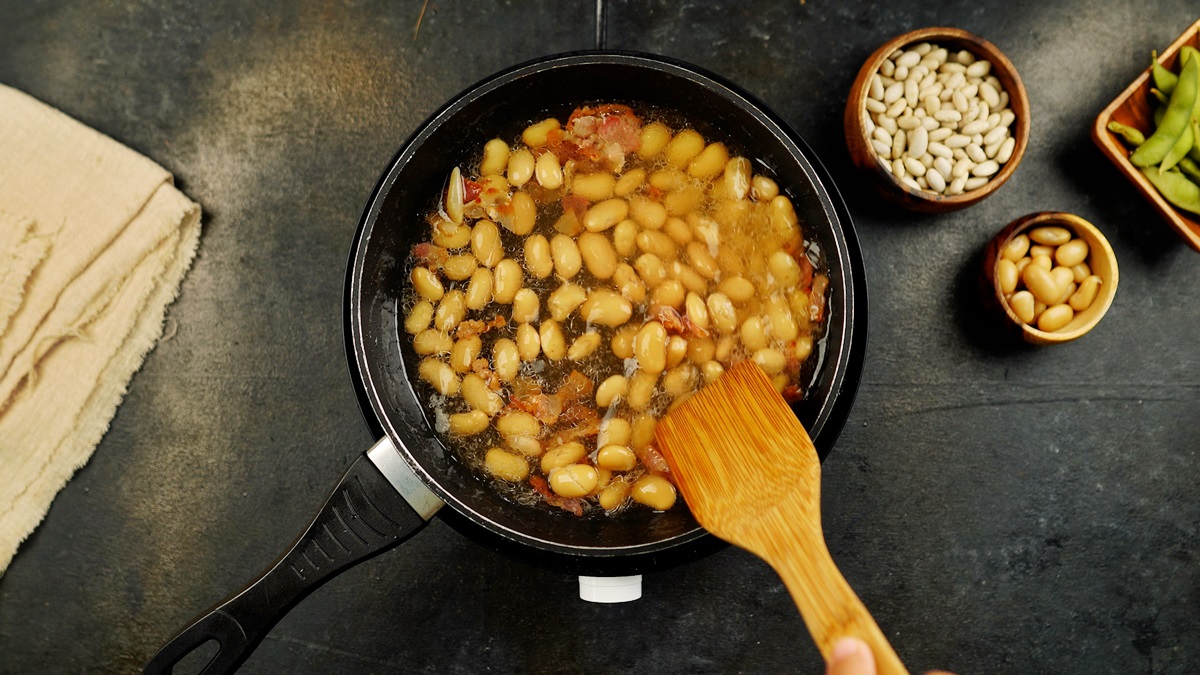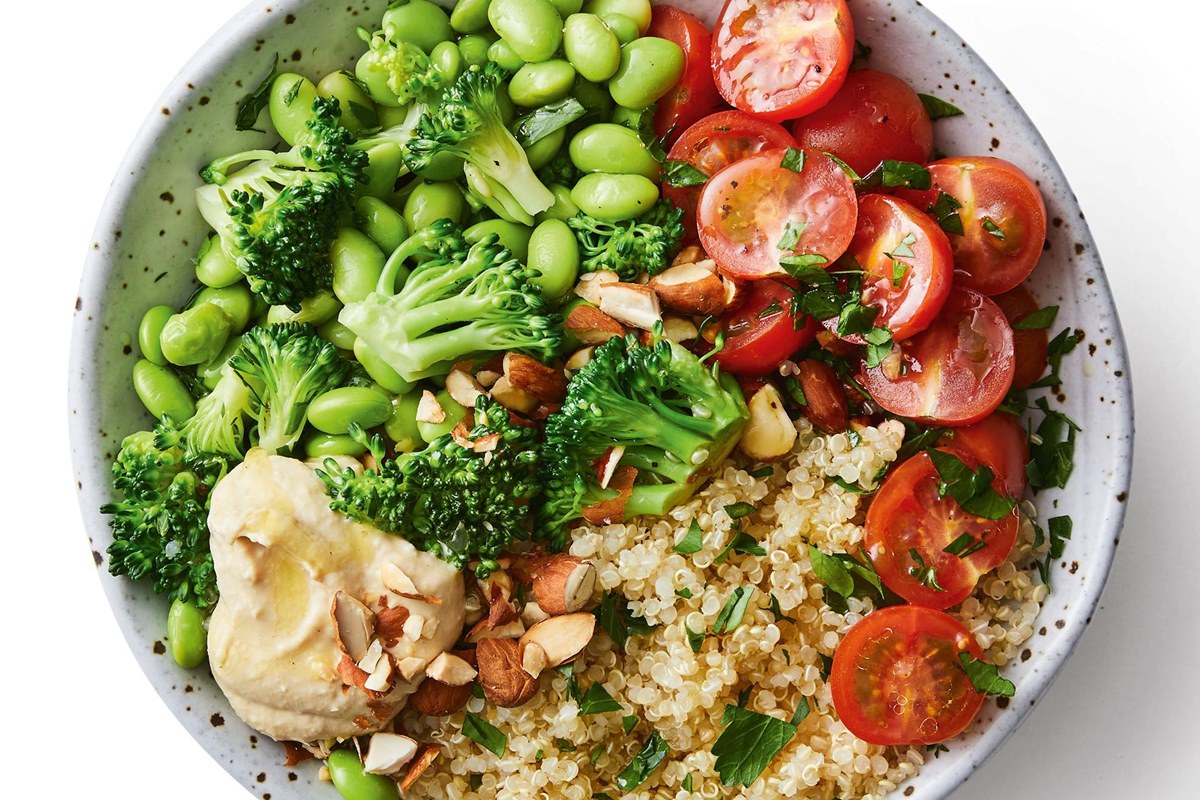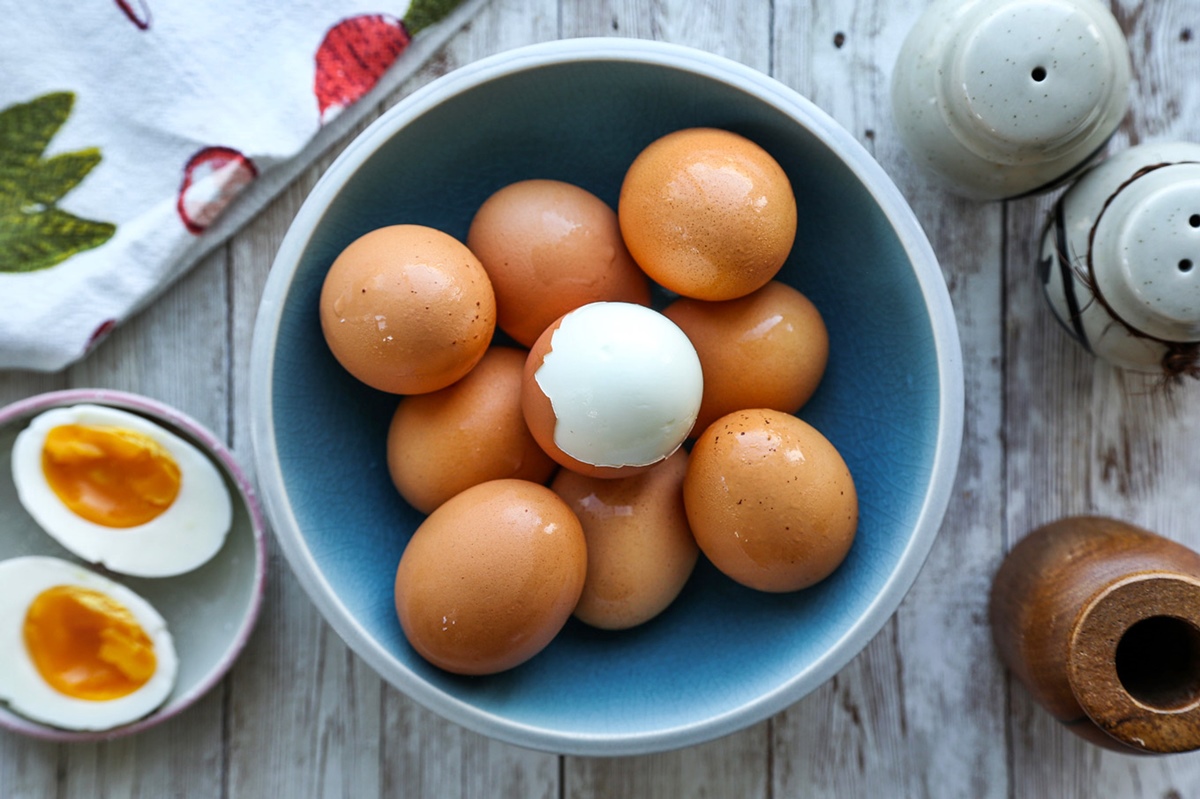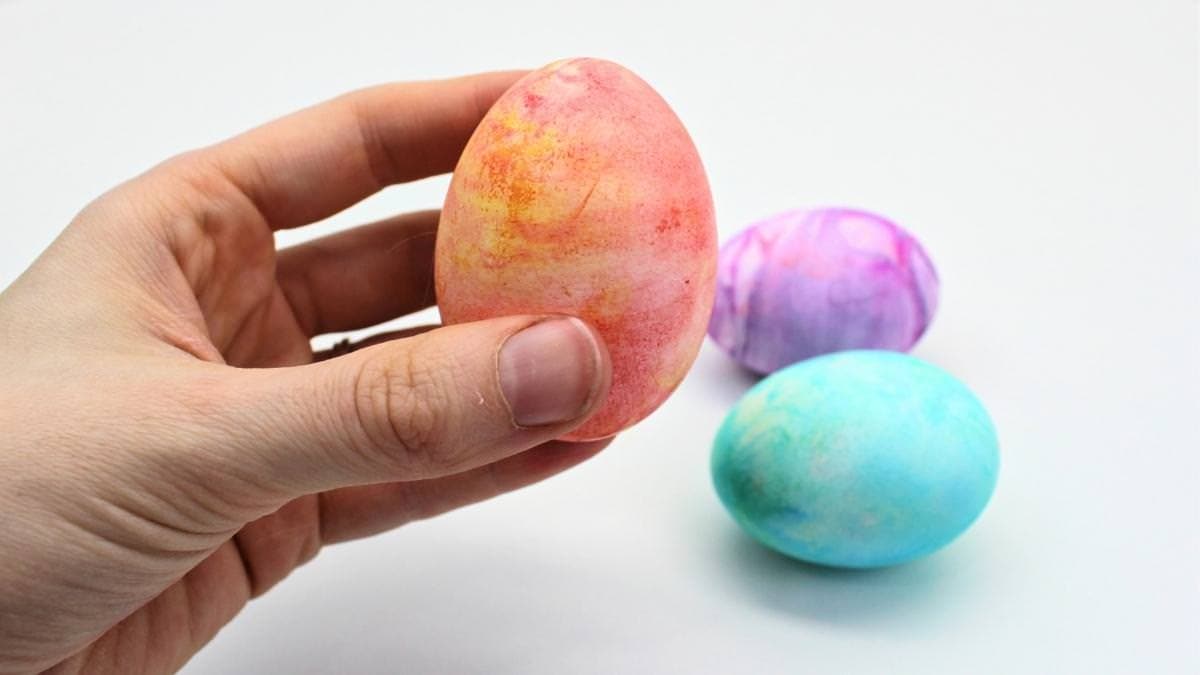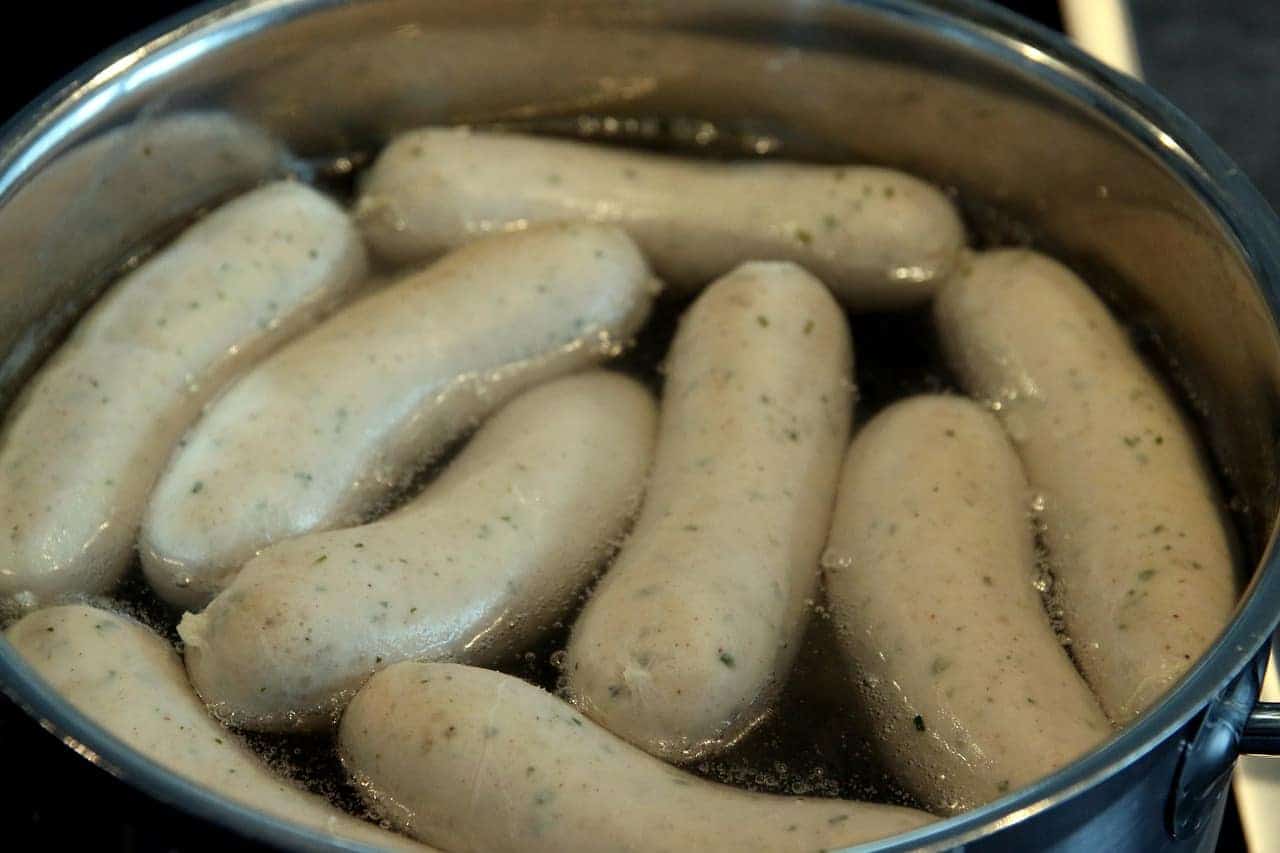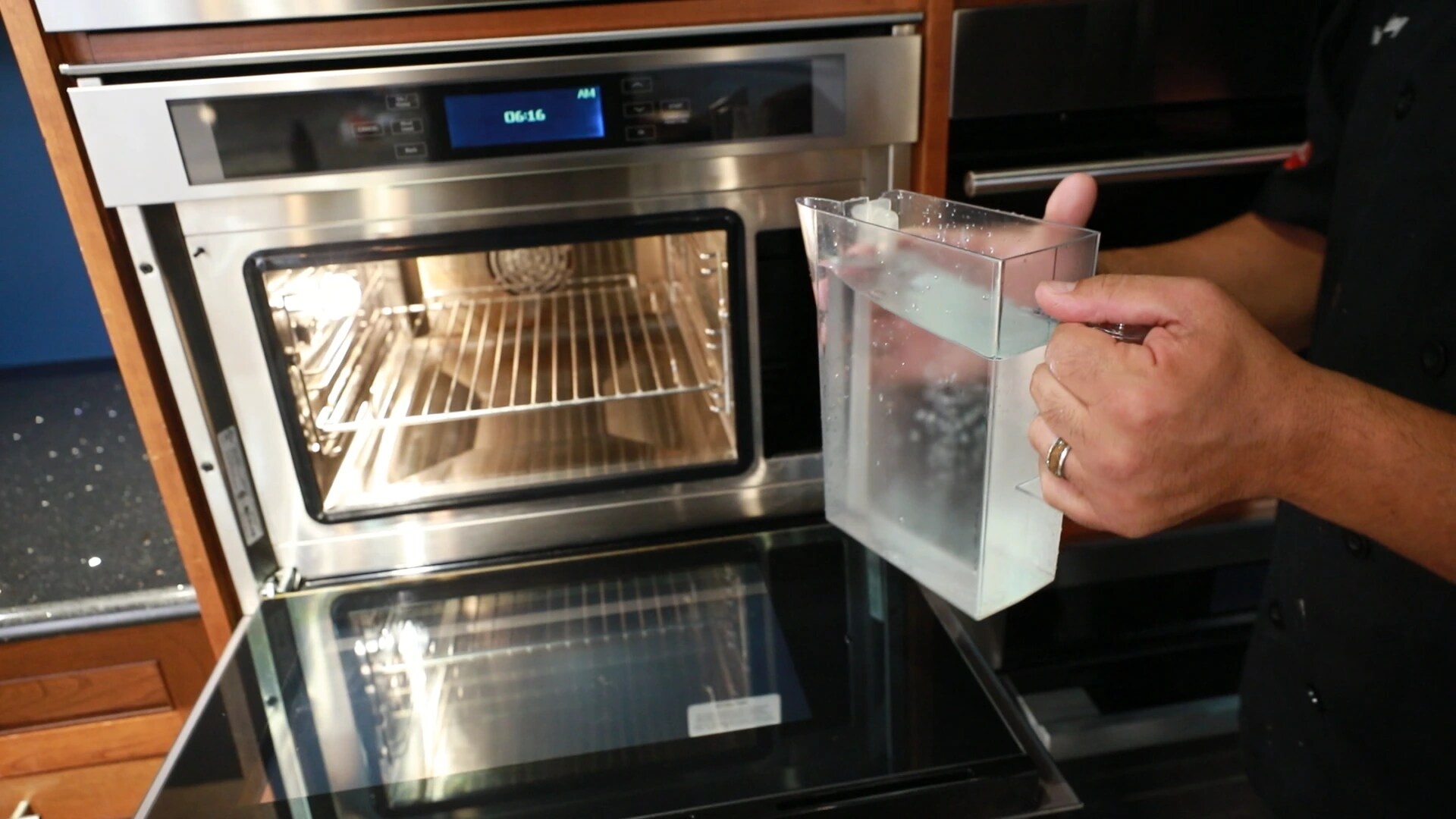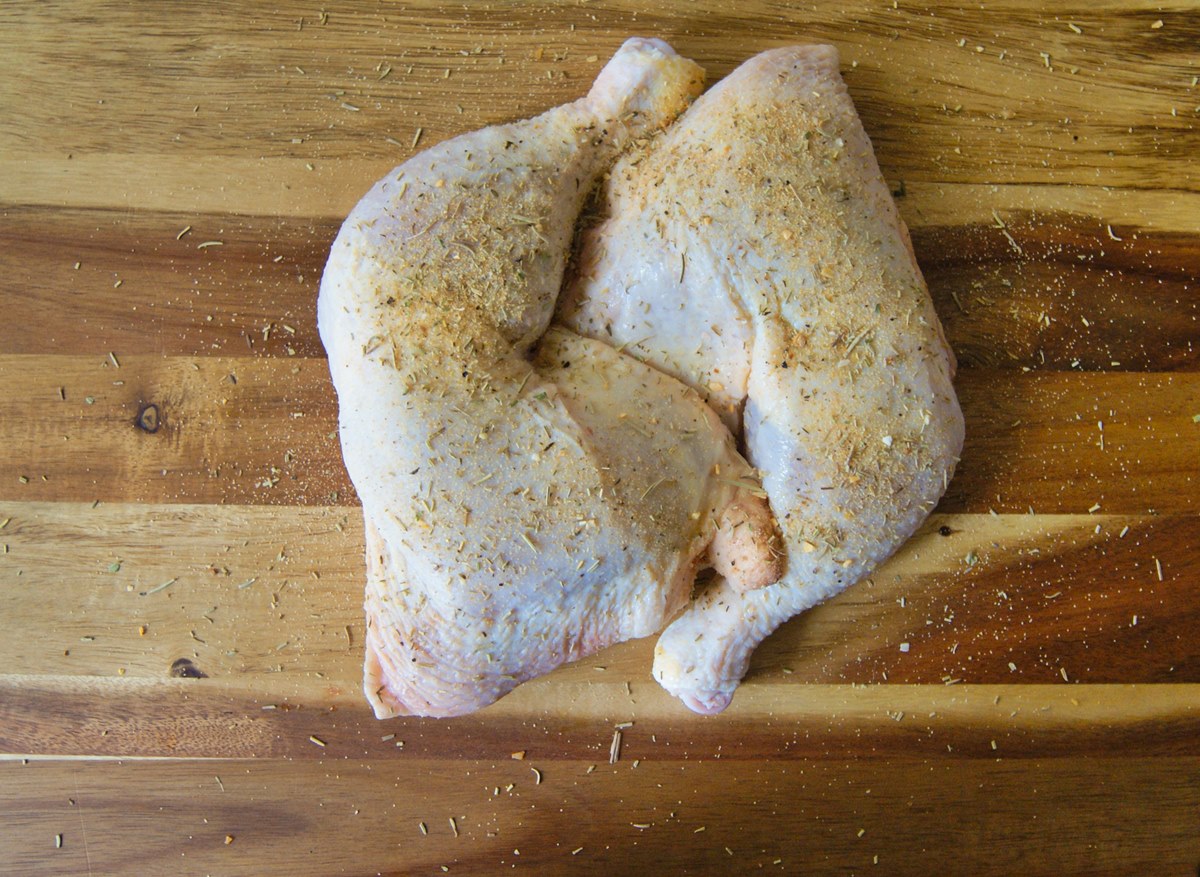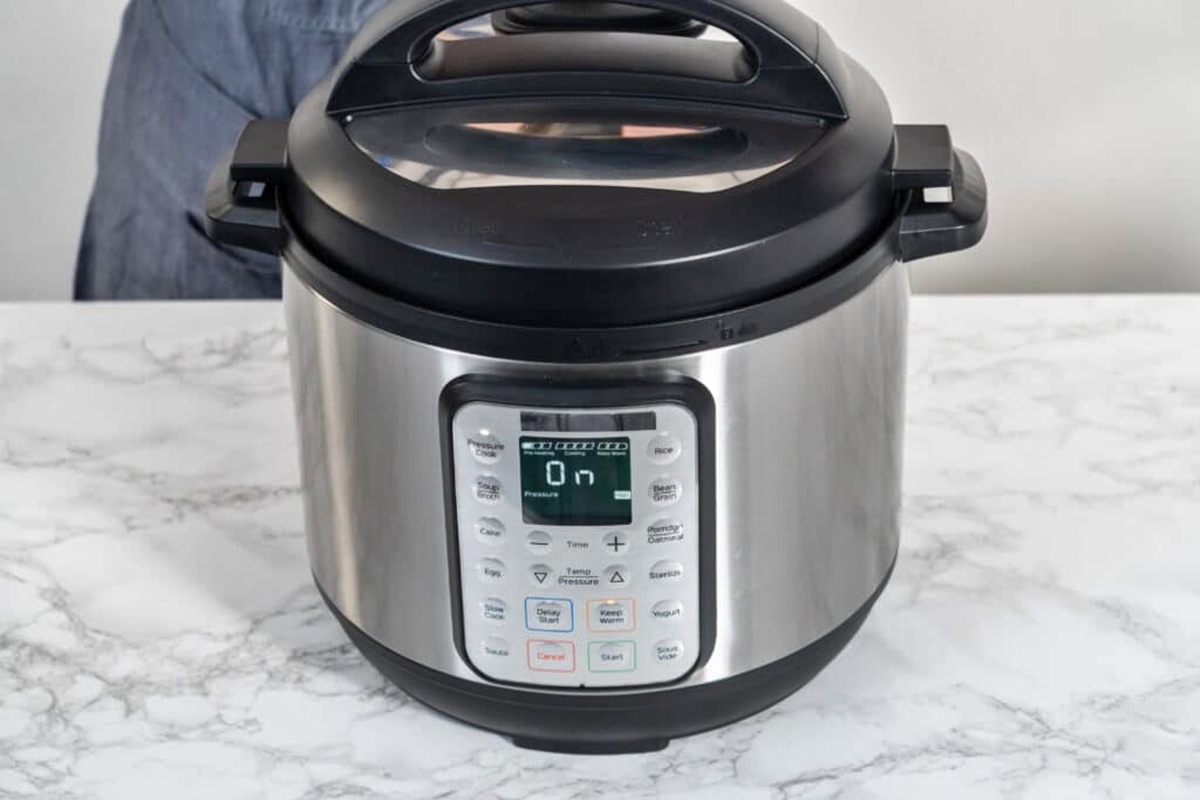How To Boil Water For Drinking
Welcome, fellow food enthusiasts! Today, we will dive into the simple yet essential topic of how to boil water for drinking. While it may seem like a mundane task, boiling water properly can play a vital role in ensuring that we consume safe and clean water.
Why is boiling water important?
Boiling water is a time-tested method for purifying it from harmful microorganisms, such as bacteria, viruses, and parasites. It effectively kills these pathogens and reduces the risk of waterborne diseases.
Step-by-step guide to boiling water for drinking:
- Gather your equipment: First and foremost, ensure that you have a clean pot with a lid, a stove, and a source of clean water.
- Fill the pot: Measure the amount of water you need and pour it into the pot. Remember to leave some space at the top to prevent boiling-over.
- Heat the water: Place the pot on the stove and turn the heat to high. It’s best to use a medium-to-large burner to distribute the heat evenly.
- Bring it to a rolling boil: Wait for the water to come to a rolling boil. This means there are large bubbles consistently rising from the bottom of the pot.
- Keep it boiling: Once the water reaches a rolling boil, reduce the heat slightly to maintain a steady boil. Cover the pot with a lid to speed up the process.
- Boil for a recommended time: Boil the water for at least one minute, or three minutes if you are at high altitudes above 6,500 feet (1,980 meters). This extra time compensates for the lower boiling point at altitude.
- Turn off the heat: After the recommended boiling time, turn off the stove and carefully remove the pot from the heat source.
- Allow it to cool: Let the boiled water cool down to a drinkable temperature. You can transfer it to a clean container if desired.
- Enjoy your purified water: Now that your water is safely boiled, you can confidently drink it or use it for various purposes like brewing tea, cooking pasta, or making soups.
Additional tips and considerations:
- For areas with known water contamination, it’s recommended to filter the water before boiling to remove sediments and larger particles.
- Always use clean utensils and containers when handling boiled water to maintain its cleanliness.
- Remember that boiling water does not remove chemical pollutants or heavy metals. If you suspect your water contains these substances, consider using a different water source or seeking professional advice.
And there you have it, a comprehensive guide on how to boil water for drinking. It may be a simple process, but it plays a crucial role in ensuring the safety of our drinking water. So, let’s embrace this fundamental culinary skill and enjoy the benefits of clean, purified water!
Was this page helpful?
Read Next: How To Boil A Potato
